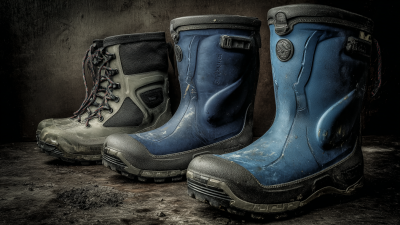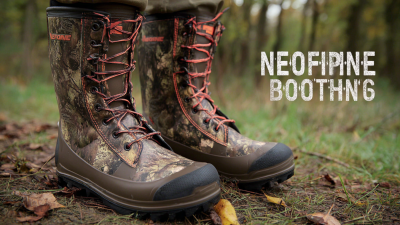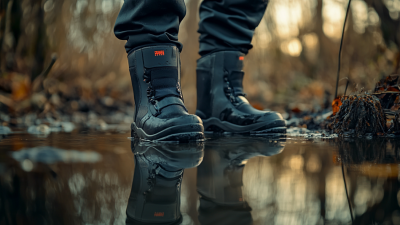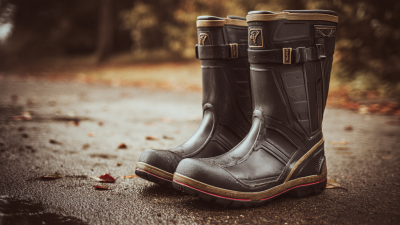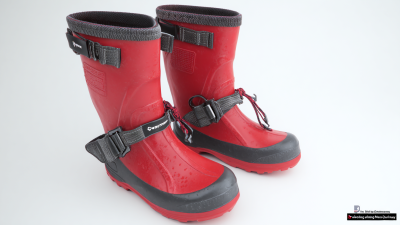When it comes to fishing, the right gear is essential for an enjoyable and successful experience, and one of the most crucial components are Neoprene Fishing Boots. Designed to provide both comfort and durability, these boots are a favorite among anglers for their ability to insulate against cold water while remaining lightweight. According to a 2022 industry report published by the Outdoor Industry Association, nearly 65% of anglers prioritize footwear performance, citing factors such as thermal efficiency, waterproofing, and comfort as key decision-making criteria. With a diverse range of options available, understanding the specific features that enhance the performance of Neoprene Fishing Boots can significantly impact your fishing outings.
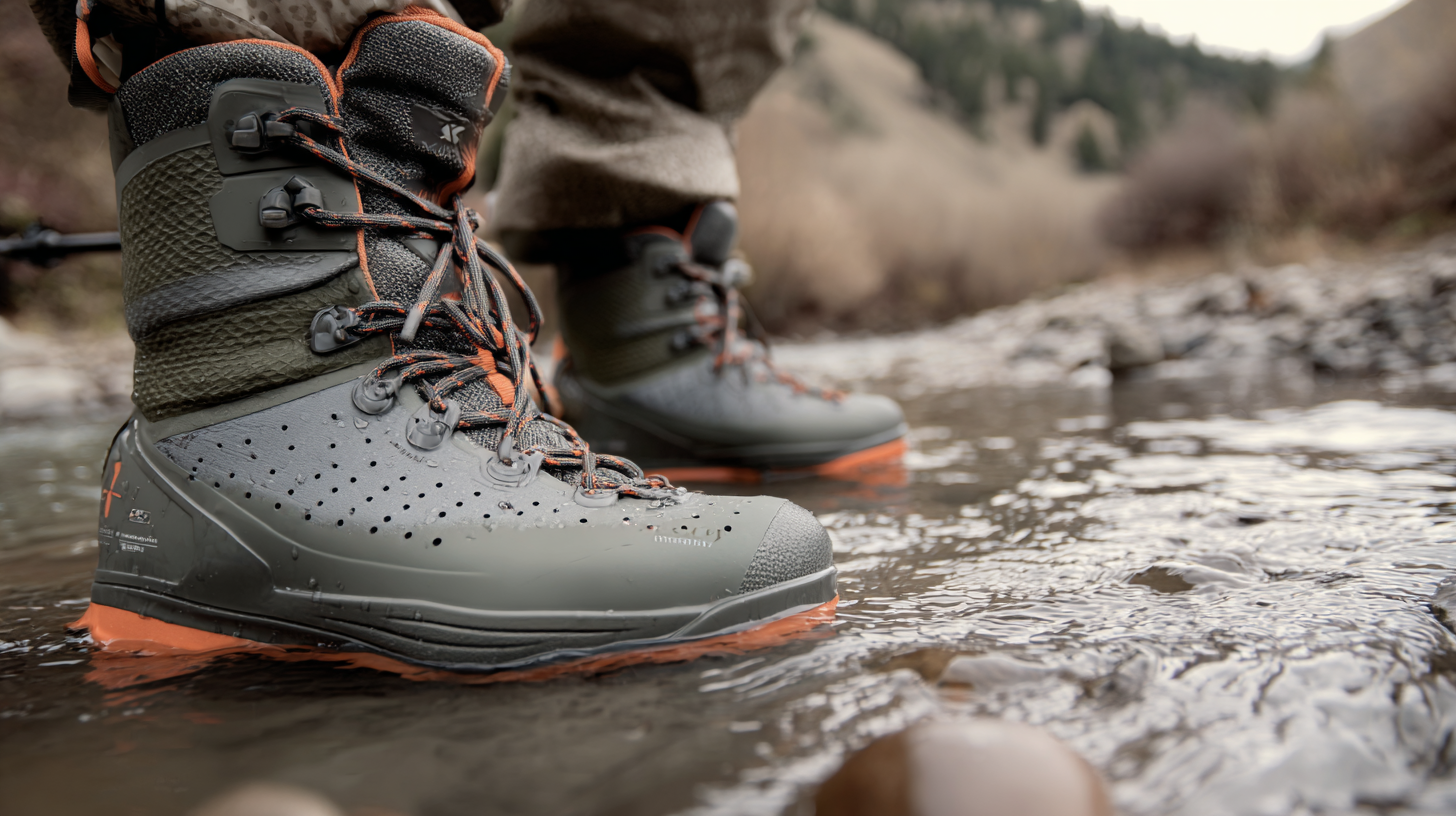
In this blog, we will explore essential factors to consider when choosing the right pair, ensuring optimal comfort and longevity for your adventures on the water.
When selecting neoprene fishing boots, it's vital to understand the unique benefits that neoprene offers. Neoprene is a synthetic rubber that provides excellent insulation and water resistance, making it ideal for chilly, wet fishing environments. Its ability to retain heat keeps your feet warm, even in cold water, while its inherent buoyancy ensures that you stay stable and comfortable on various terrains. This combination of comfort and insulation is essential for anglers who spend long hours in unpredictable weather conditions.
Moreover, neoprene fishing boots are designed for durability, often featuring reinforced seams and rugged outsoles. These characteristics make them suitable for various activities, from fishing in muddy banks to navigating slippery riverbeds. The flexibility of neoprene allows for ease of movement, ensuring that you can stay agile while casting or navigating through your fishing spot. As fishing boots continue to evolve, the emphasis on comfort, durability, and thermal protection remains crucial, allowing you to focus on your fishing experience rather than the discomfort of your footwear.
This chart represents the average ratings of neoprene fishing boots on various attributes related to comfort and durability. It highlights the strengths in insulation and comfort while indicating areas for improvement in weight and durability.
When selecting neoprene fishing boots, comfort and durability are paramount. Key features to consider include insulation, fit, and sole design. According to a 2022 survey by the Fishing Tackle Retailer, 85% of anglers prioritize warmth during chilly fishing trips, making insulation a critical factor. Neoprene boots typically offer varying thicknesses, with 3mm to 5mm being the most common. Boots with higher insulation not only keep your feet warm but also allow for better mobility in cold waters.
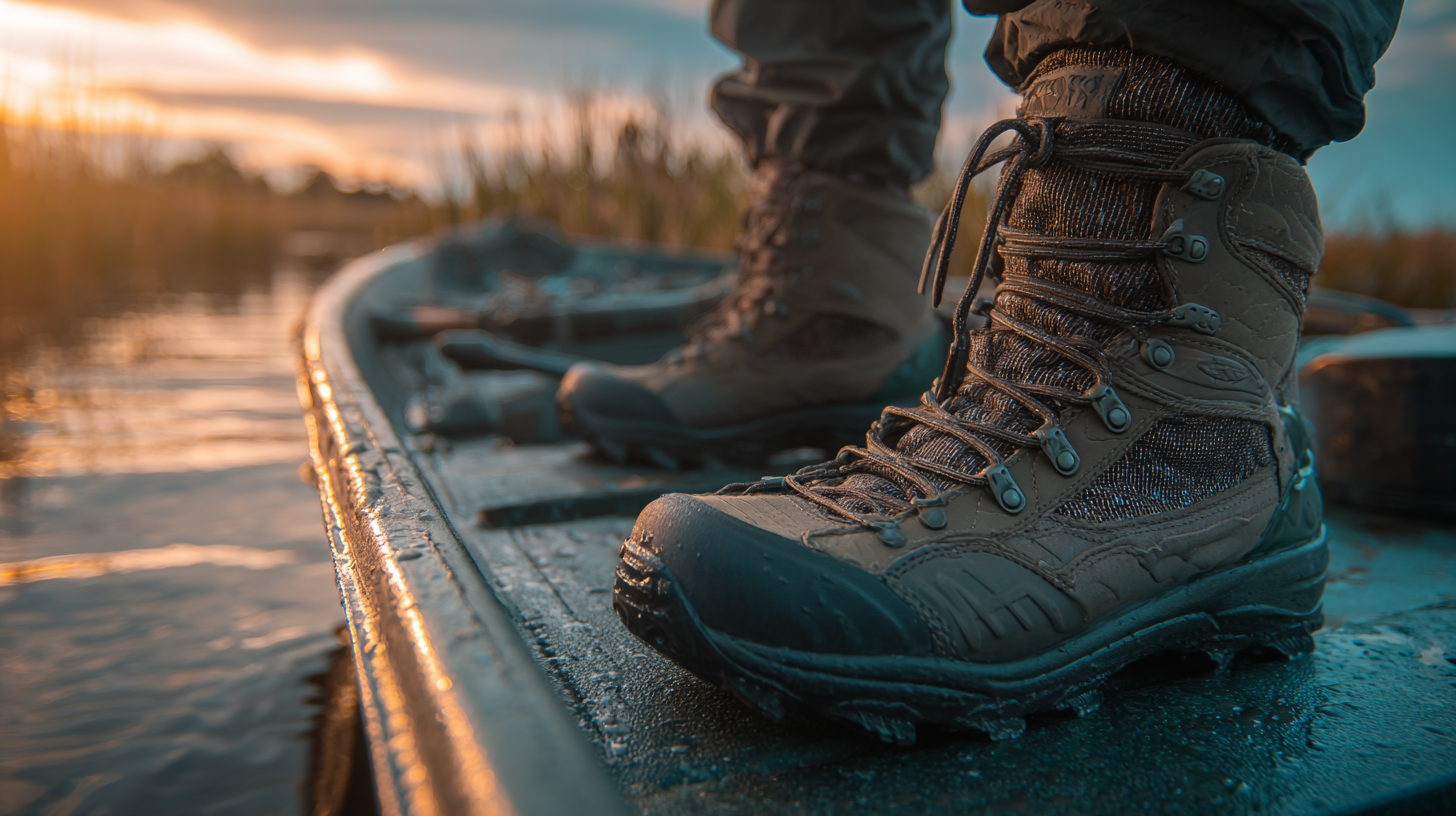
Another crucial aspect is the fit. A boot that is too tight may lead to discomfort or even circulation issues, while a loose fit can result in blisters. The same 2022 survey revealed that 72% of respondents experienced discomfort due to improper fit, underscoring the importance of trying on boots prior to purchasing. Furthermore, the sole design impacts both comfort and durability; slip-resistant soles made from rubber or specialized materials provide better grip on wet surfaces, essential for navigating slippery riverbanks or boats. Investing time in finding boots with the right insulation, fit, and sole can significantly enhance your fishing experience.
When it comes to evaluating durability in neoprene fishing boots, several factors play a critical role in ensuring you get a long-lasting product. Research indicates that neoprene thickness can significantly affect boot longevity; higher quality boots often feature a thickness of 5mm or more, providing better insulation and resistance to abrasions. According to a study by the Outdoor Industry Association, boots made from thicker neoprene tend to outperform their thinner counterparts in harsh environments, extending the lifespan of the footwear by at least 30%.
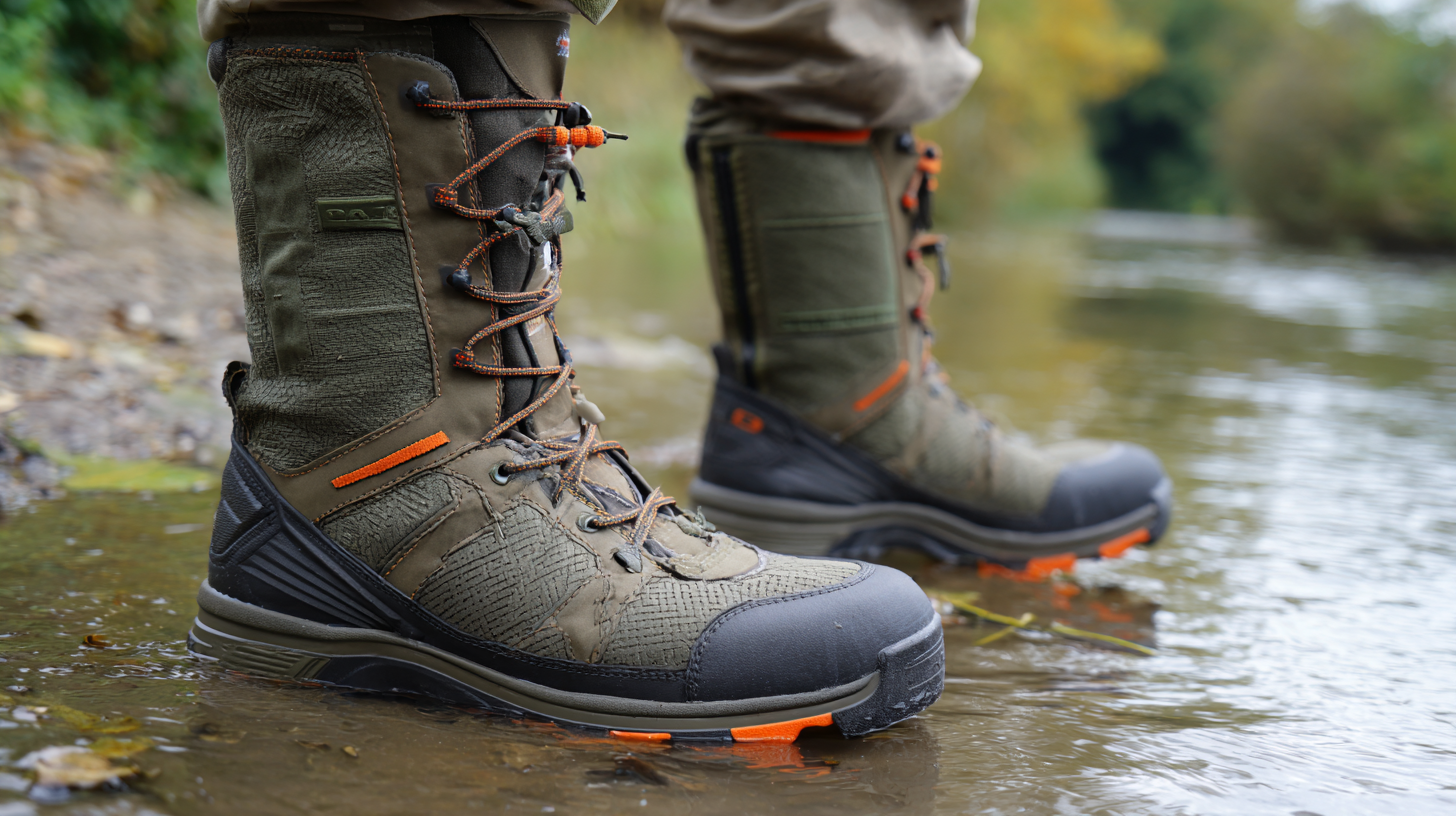
Additionally, the construction method is equally essential in determining the durability of neoprene fishing boots. Boots that utilize double-glued seams and reinforced stitching not only enhance waterproof capabilities but also minimize the risk of tears and leaks. A report from the American Society for Testing and Materials underscores that boots designed with high-quality manufacturing standards can withstand extreme weather conditions and rigorous use cycles, ensuring they remain functional for several seasons.
Prioritizing these attributes will help you select neoprene fishing boots that stand the test of time while providing optimal comfort during your fishing adventures.
When selecting neoprene fishing boots, ensuring a proper size and fit is essential for maximizing comfort during extended use. Neoprene provides excellent insulation and flexibility, but these benefits can be compromised if the boots do not fit correctly. Begin by measuring your foot length and width, taking into account the thickness of the socks you plan to wear while fishing. Most brands provide specific size charts, so consult these to find the best match. A snug fit around the heel is crucial to prevent blisters, while there should be enough room in the toe area to wiggle without feeling cramped.
Additionally, consider the boot's height and calf circumference, especially if you plan on traversing shallow waters or muddy shorelines. Taller boots can provide extra protection, but ensure that they won't feel restrictive around the calf area. Opt for adjustable straps or laces if available, as these features allow for a more customized fit, accommodating different leg shapes and sizes. Lastly, don't hesitate to try on multiple sizes or styles to find the perfect combination. A well-fitted neoprene boot will not only enhance your comfort but also improve your overall fishing experience.
Caring for your neoprene fishing boots is essential for longevity and optimal performance. Regular maintenance can prevent wear and tear, ensuring these boots remain your trusty companion on all fishing adventures. After each use, rinse your boots with fresh water to remove any salt, sand, or mud that may cause deterioration over time. This simple step helps maintain the integrity of the neoprene material.
Another important tip is to allow your boots to dry completely before storing them. Avoid exposing them to direct sunlight, which can degrade the neoprene. Instead, store them in a cool, dry place, preferably standing upright to maintain their shape. You may also consider using a boot dryer or simply stuffing them with newspapers to absorb excess moisture and odors.
Lastly, periodically check for any signs of damage, such as cracks or punctures. If you spot any issues, repairs can often be made using neoprene glue or patches designed for aquatic gear. By following these maintenance tips, you will enhance the comfort, durability, and lifespan of your neoprene fishing boots.
| Feature | Description | Maintenance Tips |
|---|---|---|
| Material Quality | High-grade neoprene for insulation and flexibility. | Avoid sharp objects to prevent punctures. |
| Fit and Size | Ensure a snug fit for comfort during extended wear. | Regularly check for wear and tear; consider sizing up for thick socks. |
| Sole Design | Slip-resistant soles for stability on wet surfaces. | Clean soles after each use to maintain traction. |
| Height | Choose height based on water conditions and protection needed. | Dry thoroughly after use to prevent mildew growth. |
| Insulation | Look for boots with adequate insulation for cold weather fishing. | Store in a cool, dry place away from direct sunlight. |
